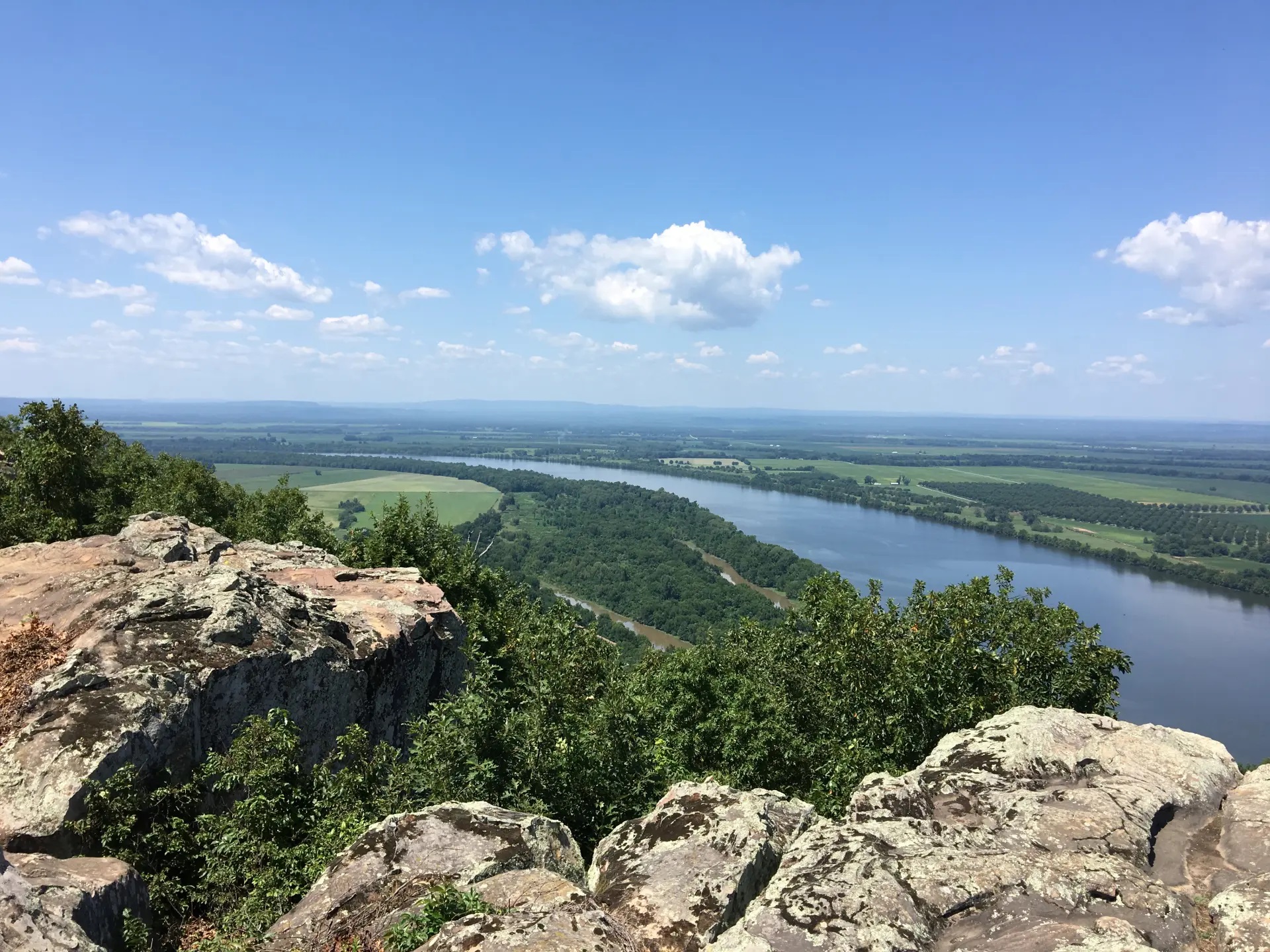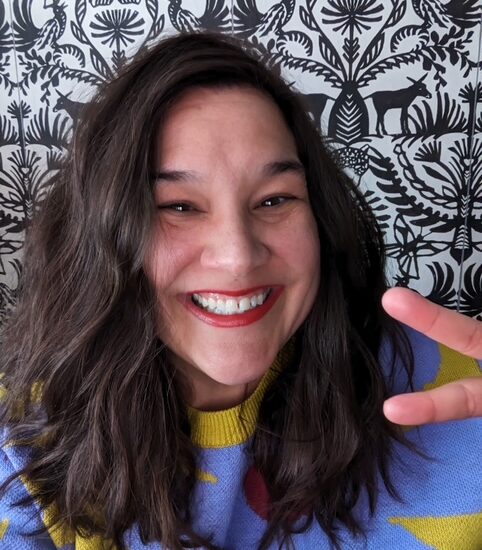Ambassador64 – A Essay Series Celebrating Community Voices Across Colorado
Notes from The Arkansas River Valley

This submission is written by Phil Helfrich of Salida, CO where he muses about hiking in a canyon with his dog in early fall; “having fun, riffing to myself on what I see on the wonderment of this hidden place.”
A stone’s throw from the Arkansas River, the Howard Colorado Cemetery awaits its next tenant. The cemetery rests under the snowy shoulders of the Sangre de Christo Mountains. These serrated fourteeners knife into the sky across the valley. Rumor has it a chest of 1880’s Spanish gold remains stashed in a secret cave in those hills.
A dirt parking area is empty when I arrive. Sticky burrs are the dominant plant species. Latino and Spanish names headline many of the gravestones. 1867 was the earliest date I saw on a marker. That was a big stone with HOWARD–the Town’s founder– etched into it.
There’s a pea-gravel walkway to a large monument near the back fence. A bench and an elm invite a visitor to sit and ponder the Fates. Homemade remembrances decorate some graves. A black and white period photo. A wooden wagon wheel. A weathered handmade doll. Some graves say their piece on flat bronze nameplates fastened to the ground. A number of monuments honor World War 1 and 2 veterans, rank and branch of service noted. There’s a trail behind the cemetery that leads to a dry stream bed. Follow it and you’ll be flanked by monolithic volcanic rocks sanded flat and smooth by the elements–unmarked headstones for critters who have perished here.
Horse droppings decorate the stream bed. I like to think the horses are descendants of the steeds the Spanish rode when this area was a Spanish land grant. Footprints not mine indent the sandy trail. One stands out. Big foot lives. Headed back and up the canyon, rock art decorates the trail. There’s stacked rocks. Rocks in tree limbs. Rocks balanced on end. Small concentric rock circles within larger rock circles. Enthusiasts train here. There’s a televised competition in the fall.
Ascending as you go into the canyon, rock climbing and scampering skills are rewarded. So too biking gloves, hiking boots and a Moses staff to deflect face-gouging spring-loaded tree branches. Both sides of the canyon are sheet-rocked by flat slabs of monolithic volcanic boulders, deposited here 300 million years ago when Mount Aetna–60 miles northwest–blew and shot a monster fireball fifty miles into the sky.
I learned this from an online geology course taught by a local geologist. She said when the volcano exploded, all life east of the volcano to what is now the Kansas border, was obliterated. When the fireball came crashing back to earth near present day Buena Vista, it rolled down valley, scattering fiery chunks of itself everywhere as it re-arranged the valley furniture. Equilibrium punctuated by sudden catastrophe. Nature’s way.
“There…how’s that look?”
In the most romantic story I ever heard, my friend Matt proposed to his gal in this canyon. There’s a cove twenty minutes in. Matt hid the engagement ring beforehand, had dinner cooking, then popped the question. “Honey, do you mind cleaning up the dishes?”
Leaving the hideaway, me and Ms. Molly trudge up canyon. The creek bed narrows. Discoveries expand. Twisted barber pole dead cedars advertise a shave and a haircut ahead. Climbing up one last ledge, golly Bill, it’s a flat smooth sandy walkway. Matt tells me just a tad further–two week walk tops–a side passage opens on the left where a boy and his beagle can return to the cemetery via a parallel canyon. We abandoned the search for that passage when the sun started to set. The hike back down is easy except for ankle sprains and cartilage tears. Those don’t seem that big of a deal when the last landmark you see is the cemetery. There are 167 marked graves in the cemetery, including that of Jonah Peregrine, who’s believed to be the first settler in these parts. He arrived from Tennessee in 1871. Built a house here on 16 acres.
The cemetery was once a stagecoach stop on a wagon road that led to Leadville. That was back when this area was called Nice Valley.
Still is.
Rocky Mountain Public Media, the home of Rocky Mountain PBS, KUVO JAZZ and THE DROP 104.7, has developed a partnership with Colorado Ethnic Media Exchange to launch this monthly essay series, as part of our vision to co-create a Colorado where everyone feels seen and heard. These stories are sourced from community members across the state—told in their own words and selected from our 64-county community ambassador program. They are not editorial products of our journalism team but are first-person reflections on life in Colorado – building bridges through empathy. To learn more about all of our brands and content, check us out at https://www.rmpbs.org/about.
We Want to Hear from You
We’re inviting community members across the state to share their own stories of living in Colorado —of identity, discovery, and what it means to belong.
Tell us about a moment or a place in Colorado that changed how you see yourself or your community.
Share your reflections at ambassador64@rmpbs.org
This is part of Ambassador64, our statewide listening initiative to ensure public media reflects the voices of all 64 counties in Colorado—starting with yours.





